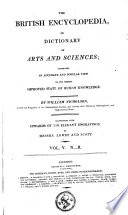 | William Nicholson - Natural history - 1809 - 684 pages
...19.) The greater angle of every triangle has the greater side opposite to it. S. (Prop. 4.) If two triangles have two sides of the one respectively equal to two sides of the other, and have the included angles equal, the oilier angles will be respectively equal, ««. those to which... | |
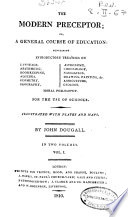 | John Dougall - 1810 - 554 pages
...remaining side AC to the remaining side DF. 1st Corollary. From this proposition it follows that, if two triangles have two sides of the one respectively equal to two sides of the other, but the angle formed by these two sides in the one greater than the corresponding angle in the other,... | |
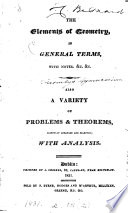 | Euclides - 1821 - 294 pages
...greater, is hilly explained in the notes of Dr. Elrington's Euclid, page, 150. PROP. 25. THEOR. ( If two triangles have two sides of the one respectively equal to two sides of the other, and if the third aids of the one be greater than the third side of the other, the angle opposite the... | |
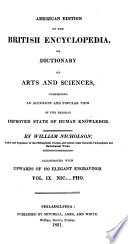 | William Nicholson - Natural history - 1821 - 406 pages
...19.) The greater angle of every triangle has the greater side opposite to it. 3. (Prop. 4.) If two triangles have two sides of the one respectively equal to two sides of the other, and have the included angles equal, the other angles will be respectively equal, viz. those to which... | |
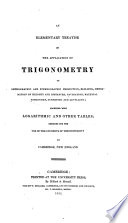 | John Farrar - Logarithms - 1822 - 270 pages
...projections, mm' being joined, the two triangles Smm', Emm', will be equal in all respects, since they have two sides of the one respectively equal to two sides of the other, and one side common. Consequently mSm' = mEm'. Therefore, since these tangents make the same angle... | |
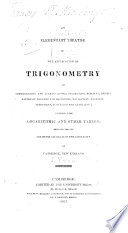 | John Farrar - Logarithms - 1822 - 244 pages
...projections, mm' being joined, the two triangles Smm', Emm', will be equal in all respects, since they have two sides of the one respectively equal to two sides of the other, and one side common. Consequently mSm' = mEm'. Therefore, since these tangents make the same angle... | |
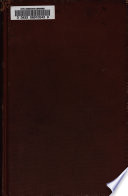 | Euclid - 1822 - 222 pages
...equal sides DF and EA are equal (2). Fi.I. 38 SeaN. PROP. XXIV. THEOR. If two triangles (EFD, BAC) have two sides of the one respectively equal to two sides of th^other, ( FE to AB, and FB to AC), and if one of the angles (BAC) contained by the equal sides be... | |
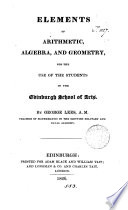 | George Lees - 1826 - 276 pages
...EF, the base BC is greater also than the base EF. Wherefore, if two triangles, &c. QE I). Cor. If two triangles have two sides of the one respectively, equal to two sides of the other, but the base of the one greater than the base of the other, the angle contained by the two sides of... | |
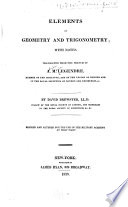 | Adrien Marie Legendre - Geometry - 1828 - 346 pages
...have just found BO +OCZBD+DC; therefore, still more is BO+OCZBA+ AC. THEOREM. ^ 0 -— ' 42. If two triangles have two sides of the one respectively equal to two sides of the other, and the included angles unequal, the third sides will be unequal ; and the greater side, will belong... | |
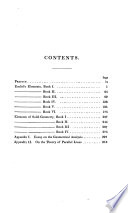 | Euclid, Dionysius Lardner - Euclid's Elements - 1828 - 542 pages
...proposition is a particular case of this. PROPOSITION XXIV. THEOREM. fl 03) If two triangles (EFD, BAC) have two sides of the one respectively equal to two sides of the other (FE to AB and FD to AC), and if one of the angles (BAC) contained by the equal sides be greater than... | |
| |